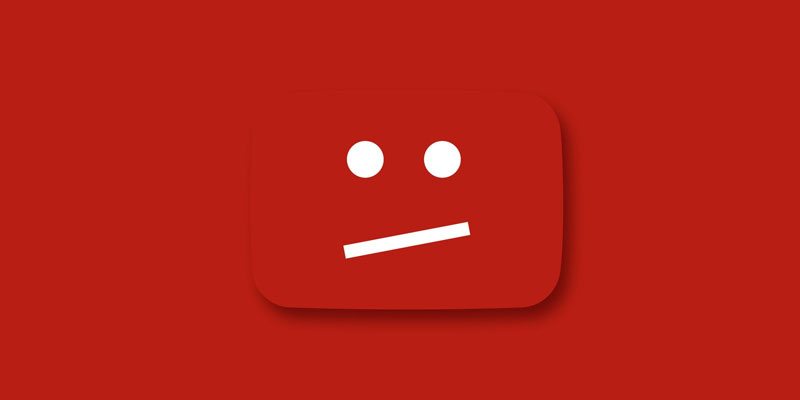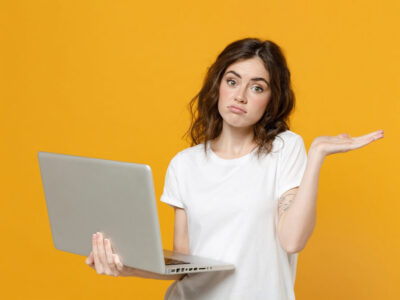If you’re a YouTube creator, avoiding copyright problems can feel like navigating a maze. The last thing you want is to get hit with a dreaded copyright strike, but it’s easier than you might think. Copyright laws on the internet are a bit tricky, and you might not even realize you’ve crossed the line until it’s too late.
So, when can you actually use copyrighted music on YouTube without facing issues? What’s the deal with “fair use”? How do you steer clear of copyright strikes? Let’s unravel these questions in simpler terms.
Exploring Copyrighted Music: What’s Allowed?
The simplest way to stay out of trouble is to create completely original content. But what if you want to use some cool sound effects or a catchy tune in your video? The key question here is, “Am I preventing the original creator from making money from their work?” It’s a big no-no to hinder their earnings.
For instance, using a track from Taylor Swift’s latest album as background music? Don’t do it! If someone can listen to the track through your video or rip its audio, you’re taking money out of the original creator’s pocket.
When Can You Use Someone Else’s Music?
Using someone else’s music isn’t straightforward. It depends on the specific piece and whether it requires a license. Here’s the breakdown:
- Public domain works: You can use these without special permission. These are works with expired copyrights or ones that were never copyrighted.
- Royalty-free music: It’s not public domain, so you still need permission, but it usually comes with blanket permissions.
Remember, some songs have copyrights for both the composition and the recording. In such cases, you need two licenses.
Sharing vs. Stealing Music: Know the Difference
Sharing is when you post a link to your favorite artist’s song on your social media. You’re not using their work; you’re just directing people to it.
Stealing is copying someone’s music and using it in your YouTube video. This hinders the artist’s ability to make money from it and likely violates copyright.
Cover Songs and Copyright
Covering a song can be tricky too. It’s technically someone else’s work. To avoid copyright issues:
- Make your cover transformative, so it’s clearly your unique take on the song.
- Research music rights using YouTube’s search feature.
- Use royalty-free tracks or YouTube’s Audio Library.
Consequences of Using Copyrighted Work
At best, nothing happens, but if you start making money from copyrighted content, things can change quickly. Whether you face consequences depends on whether you profit from the copyrighted work:
- Your channel might get a strike (three strikes, and you’re out).
- Your video’s audio could be muted.
- Ads might be added to your videos, with earnings going to the original artist.
- You could face a lawsuit from the copyright owner.
Thankfully, YouTube isn’t as ruthless as it used to be when it comes to copyright. Creators now have better insights into how the platform deals with videos using copyrighted music.
ContentID: How YouTube Determines a Copyright Violation
YouTube employs a sophisticated copyright tracking system known as ContentID. This system automatically scans your content and compares it against a vast database of copyrighted material. If ContentID detects a match in your video, you’ll receive a notification, allowing you to dispute the claim. Failure to appeal or losing the dispute can result in demonetization or video blocking.
However, it’s crucial to understand that even if you’ve created an entirely unique and original video, it might still trigger ContentID checks. For instance, did you use stock audio from your video editing software? The music in these libraries may only be approved for personal use. Once you upload it to YouTube and monetize it, that approval may no longer apply.
When it comes to avoiding copyrighted music on YouTube, the golden rule is always to check usage rights before incorporating third-party content into your videos.
Understanding “Fair Use” and Its Benefits for Creators
“Fair Use” refers to a set of exceptions that restrict the power of copyright when someone else’s use of copyrighted work is deemed “fair.” Many guidelines surrounding fair use are governed by the Digital Millennium Copyright Act (DMCA), and it’s advisable to review their policies.
Fair use is a gray area, especially when it comes to using copyrighted music in your YouTube videos. Section 107 of the DMCA provides some guidance on determining fair use:
- The purpose and character of the use, including whether it’s commercial or for nonprofit educational purposes.
- The nature of the copyrighted work.
- The amount and significance of the portion used compared to the entire copyrighted work.
- The effect of the use on the potential market for or value of the copyrighted work.
Debunking Copyright Myths: What You Need to Know
Let’s clear up some common misconceptions about copyright, music, and video:
- No Contact, No Violation: Just because you haven’t been contacted about a copyright violation doesn’t mean you’re in the clear. Detection can be delayed, and penalties can increase over time.
- Fan Videos are Always Safe: While fan videos might be okay in some cases, it’s not a guarantee. It depends on the type of use and can potentially fall under fair use.
- No Monetization, No Problem: Even if you don’t monetize your video, you can still face copyright issues. The original copyright holder may request a takedown, even if your use falls within legal bounds.
- No Copyright Notice, No Copyright: In the US and other major countries, everything is copyrighted by default, with no notice required. Lack of a copyright notice doesn’t mean absence of copyright.
- Internet = Public Domain?: Finding something on the internet doesn’t make it public domain. Many online works are still protected by copyright.
- Disclaimer in the Description Saves You: Unfortunately, a disclaimer in your video description won’t change copyright laws. Properly crediting artists is important but doesn’t alter the legal framework.

Avoiding copyrighted music on YouTube ultimately boils down to having a basic understanding of copyright laws. While we’ve aimed to provide this knowledge, it’s essential to recognize that copyright law is intricate and open to interpretation. For more in-depth advice or insights, consulting an attorney is advisable.







